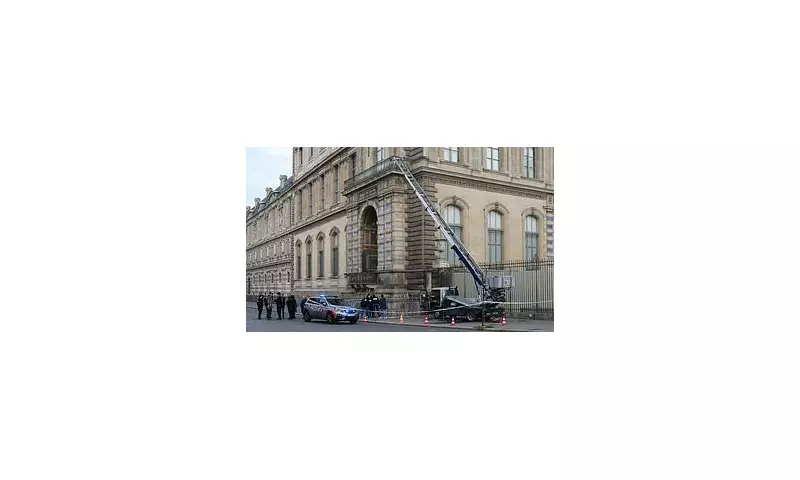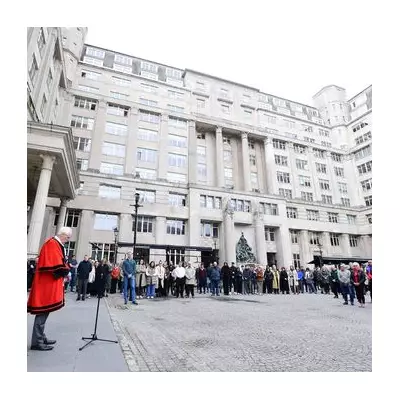
In a plot worthy of a Hollywood thriller, French authorities have apprehended two individuals connected to a brazen robbery at the world-renowned Louvre Museum in Paris. The breakthrough came not from high-tech security systems, but from remarkably traditional detective work involving a single strand of hair.
The Abandoned Evidence
Investigators revealed that the crucial clue came from a high-visibility vest and helmet discarded by the thieves during their escape. Within the helmet, forensic experts discovered a lone strand of hair that would become the key to cracking the case.
The DNA extracted from this hair sample matched records in France's national genetic database, providing police with their first solid lead in the investigation that had initially left authorities baffled.
Police Close the Net
Following the DNA match, undercover officers from Paris's specialised robbery squad began surveillance operations. Their patience paid off when they identified and tracked two suspects believed to be responsible for the daring museum theft.
The arrests were made without incident, marking a significant victory for French cultural security forces. Both individuals are now in custody facing serious charges related to the museum robbery.
Security Questions Raised
This incident has prompted serious questions about security at one of the world's most visited cultural institutions. The fact that thieves could penetrate the Louvre's defences has raised concerns among art conservation experts and museum security professionals.
However, the successful investigation has demonstrated that while thieves may evade high-tech security measures, they often leave behind the most basic biological evidence that can lead to their downfall.
The Louvre, home to masterpieces including the Mona Lisa and Venus de Milo, attracts millions of visitors annually and remains one of the most heavily secured museums globally. This incident serves as both a warning and a reassurance that traditional police work remains crucial in protecting cultural heritage.





